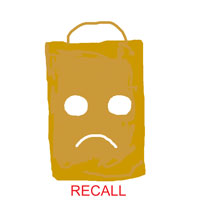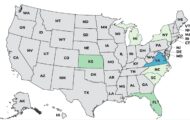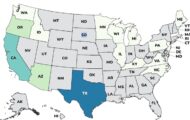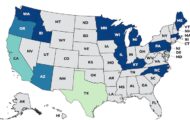A new study published in Food Additives & Contaminants, Part A has found that 175 hazardous chemicals are used in food packaging in the United States and Europe. That packaging includes cans, pans, and foils. The chemicals are released into the food and you eat them.
 Some of the chemicals have been linked to chronic diseases such as cancer. Others are endocrine disruptors, interfere with the reproductive system, or cause mutations. Some of these chemicals accumulate in the body over time; they are called “persistent and bioaccumulative.” Unfortunately, these chemicals can act at very low doses, and their toxicity can be increased when other hazardous chemicals are present.
Some of the chemicals have been linked to chronic diseases such as cancer. Others are endocrine disruptors, interfere with the reproductive system, or cause mutations. Some of these chemicals accumulate in the body over time; they are called “persistent and bioaccumulative.” Unfortunately, these chemicals can act at very low doses, and their toxicity can be increased when other hazardous chemicals are present.
Food contact materials are a major source of long term and chronic exposure to chemicals. The study’s authors looked at lists and inventories compiled by public officials included Substitute it Now! and TEDX list of endocrine disruptors, in addition to lists published by the European Food Safety Authority and Pew Charitable Trusts.
Many of these chemicals are listed as “Substances of Very High Concern”. They should be controlled and replaced by safer alternatives, but compounds used to make food contact materials are regulated separately from other chemicals used in manufacturing. “As a consequence, chemicals with highly toxic properties may legally be used in the production of food constant materials, but not in other consumer products such as computers, textiles, and paints even though exposure through food contact materials may be far more relevant,” the study’s authors said in a statement.
The authors also said that “from a consumer perspective, it is certainly undesirable and also unexpected to find chemicals of concern being intentionally used in food contact materials, and thus it seems appropriate to replace substances case by case with inherently safer alternatives.”




